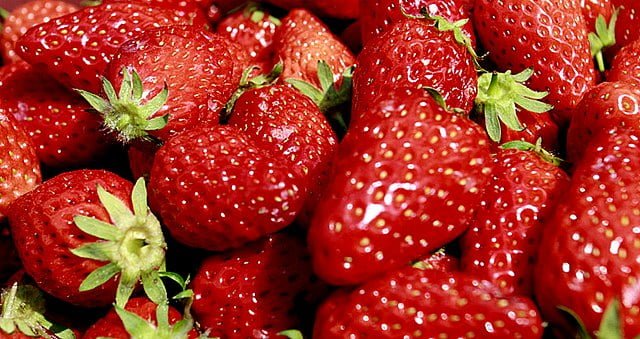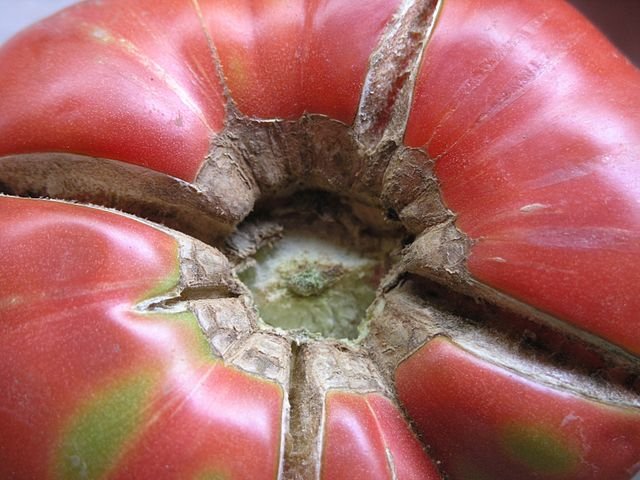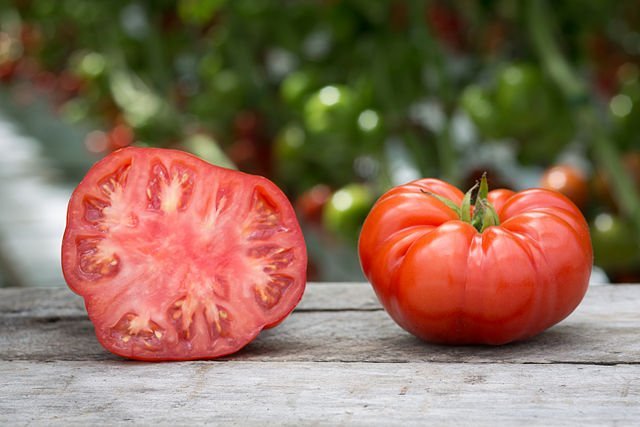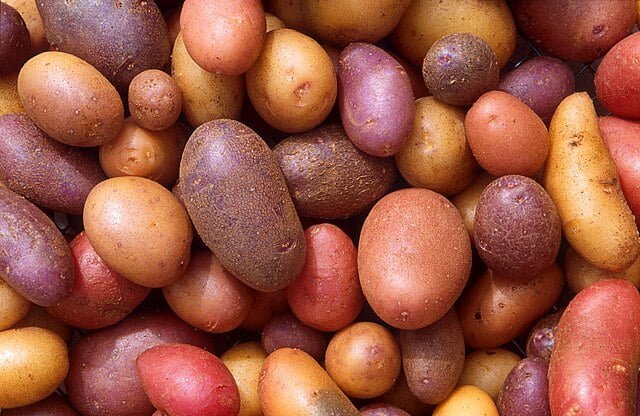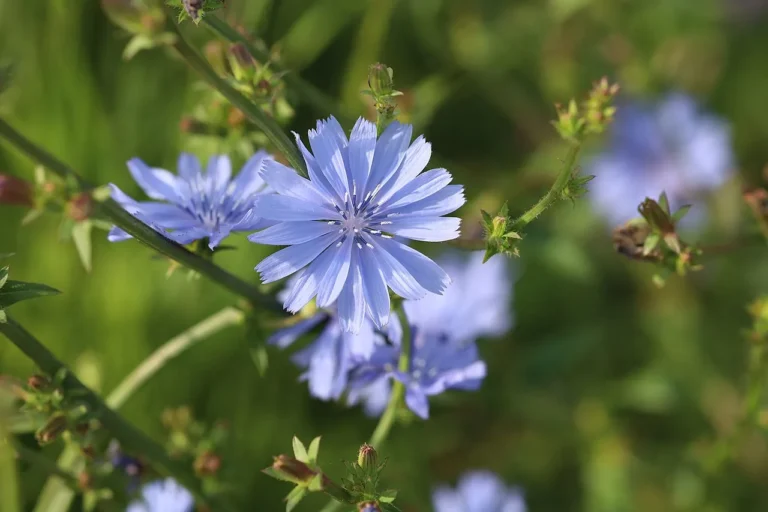Planting Strawberries: A Step-by-Step Guide for Beginners
Strawberries are a delightful fruit to grow in your own garden. Their sweet flavour and vibrant colour make them a favourite among gardeners. If you’re new to gardening or simply want to try your hand at growing strawberries, this step-by-step guide will help you get started on the path to a bountiful harvest.
Choose the Right Variety

Before you begin planting strawberries, consider the variety that suits your preferences and growing conditions. There are three main types to choose from:
- June-bearing strawberries produce a single large harvest in early to midsummer.
- Ever-bearing strawberries produce two to three harvests, one in late spring and another in late summer to early fall.
- Day-neutral strawberries produce small harvests throughout the growing season.
Selecting a Planting Site

Strawberries thrive in full sun, so choose a location in your garden that receives at least 6-8 hours of direct sunlight each day. Ensure the soil is well-draining and rich in organic matter. Avoid areas prone to standing water, as strawberries are susceptible to root rot.
Preparing the Soil
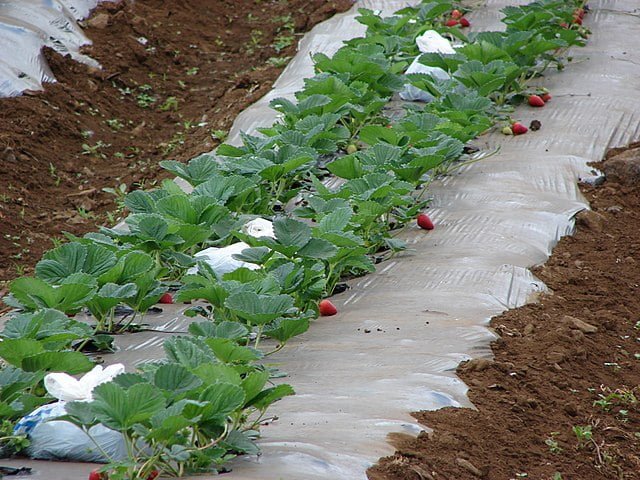
Prepare the soil before planting. Remove any weeds, rocks, or debris from the area. Loosen the soil to a depth of 8-10 inches and amend it with organic matter such as compost or well-rotted manure to improve drainage and fertility.
Planting the Strawberries
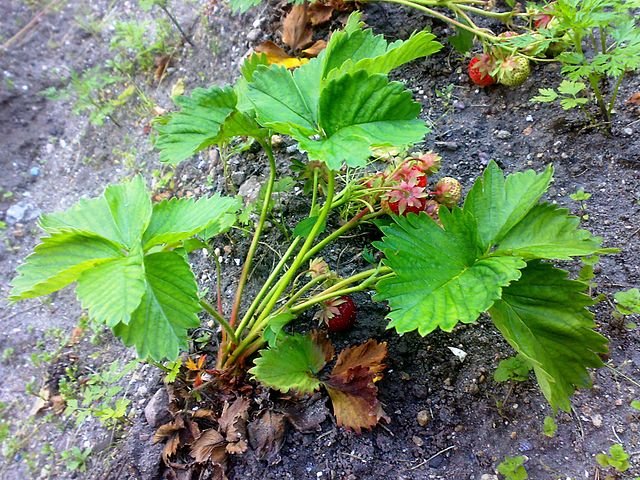
- If you’re planting bare-root strawberries, soak the roots in water for about an hour before planting. Trim any damaged or excessively long roots.
- Dig a hole wide and deep enough to accommodate the roots without crowding or bending them.
- Place the strawberry plant in the hole, ensuring the crown (the point where the roots meet the leaves) sits level with the soil surface.
- Gently back fill the hole with soil, firming it around the roots to remove air pockets.
- Space the plants about 12-18 inches apart in rows, leaving 2-3 feet between rows.
Watering and Mulching
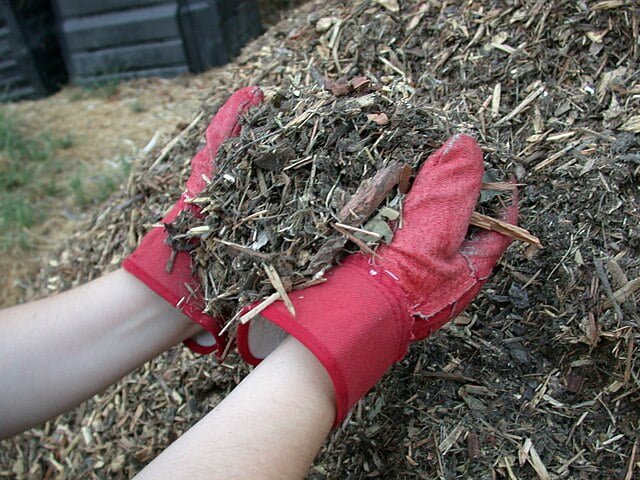
After planting, water the strawberries thoroughly to settle the soil around the roots. Ensure the soil remains consistently moist but not waterlogged throughout the growing season. Applying a layer of organic mulch, such as straw or wood chips, around the plants helps retain moisture, suppress weeds, and protect the strawberries from direct contact with the soil.
Care and Maintenance
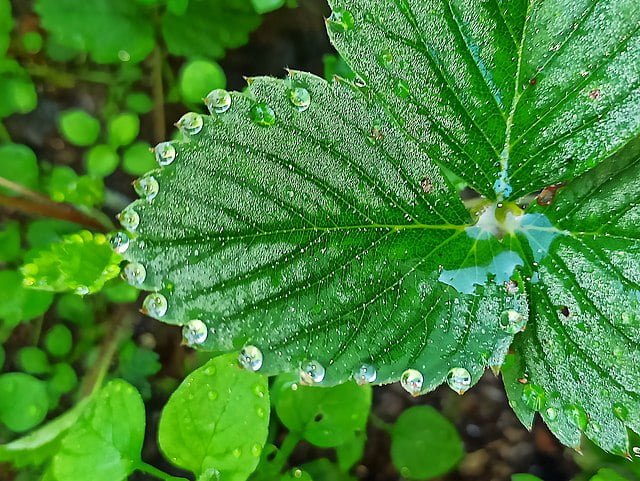
To ensure healthy growth and abundant fruiting, provide regular care to your strawberry plants:
- Water the plants deeply once or twice a week, aiming for about 1 inch of water per week.
- Fertilize the plants with a balanced fertilizer, following the package instructions, to provide essential nutrients.
- Remove any weeds that compete with the strawberry plants for nutrients and moisture.
- Pinch off any runners that form during the first year to channel the plant’s energy into producing larger fruit.
- Monitor for pests and diseases, taking appropriate measures to prevent or treat any issues.
Harvesting the Strawberries
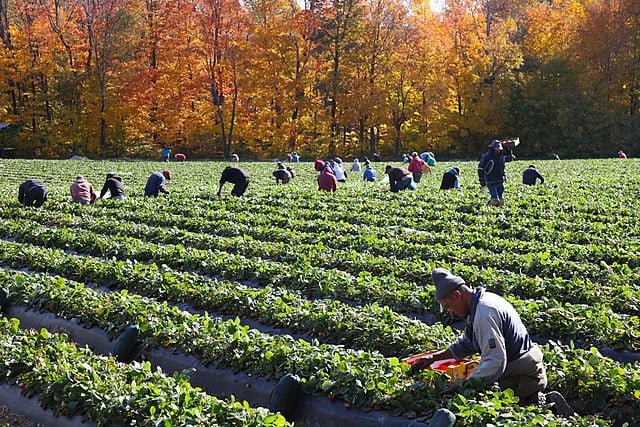
Depending on the variety, strawberries will be ready for harvest when they have turned a vibrant red colour and are fully ripe. Gently twist or snap the strawberries from the stem, leaving the green cap (calyx) intact. Harvest the ripe strawberries regularly to encourage continuous fruit production.
With these simple steps, you’re well on your way to enjoying a homegrown strawberry harvest. Embrace the joy of growing your own strawberries and savour the sweet rewards of your efforts!

